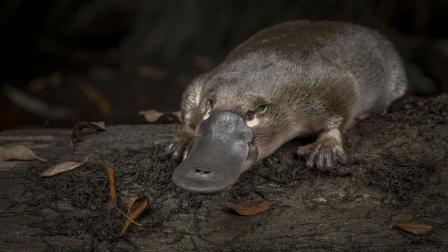The amount of water in our environment is influenced by the type of climate. Across Australia, there are six broad climate zones. Climate is the average weather conditions of a place for a long period of time, while weather is the atmospheric conditions (hot day, rain, cool conditions) for a brief period of time.
The climate in Australia, like the rest of the world is changing due to global warming; our climate has always changed but it is happening much faster than ever before. This change is causing more extreme weather like floods and droughts.
Climate change also impacts the amount of water we have available to us. There is only a set amount of water on Earth, and this precious resource needs to be protected.
Learning outcomes
- Describe how the type of climate in Melbourne influences the amount of rainfall
- Explain the impacts of floods and extreme weather events on landscapes
- Consider what might happen if there were a change in the availability of water due to climate change
Things to think about
- What climate zone do you live in and how does it affect your weather where you live?
- Floods are a natural occurrence in Australia but how does this impact an urban environment? Both positive and negative impacts.
- List the types of floods and droughts in Australia
- The link between the water cycle and climate change
Activities
Activity 1
Create a picture diary of the different weather and seasons of where you live. Your diary should include annotations explaining and showing how the weather changes throughout a year.
Activity 2
Using a map of Australia, mark and label where you live. Write down the climate zone. Then, go to the Bureau of Meteorology website and:
- Find the average monthly temperature and rainfall data for your school/ home.
- Select a location/ place from a different climate zone and collect its annual temperature and rainfall data
- Write a brief description describing any differences and similarities in rainfall and temperature. You can add pictures to your description.
Activity 3
There’s only a set amount of water on Earth. Investigate the different sources of water, how it can be used and ways we can look after water. Then write a short report.
Teacher toolbox
Download these worksheets and diagrams to use in your classroom.
Victorian Curriculum
Science: VCSSU041, VCSSU046, VCSSU047, VCSSU056, VCSSU059, VCSSU062
Geography: VCGGC067, VCGGC081, VCGGC082, VCGGC095
You may also like...
The Story of Water: The water cycle
Learn about the key processes of the water cycle evaporation, transpiration, condensation, precipitation, infiltration and run-off.
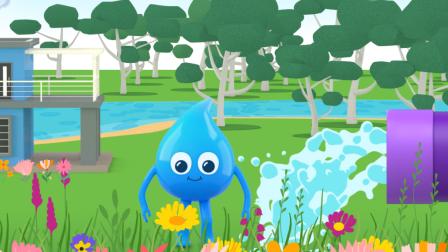
The Story of Water: Wastewater treatment
When wastewater leaves homes and businesses it is piped to a sewage treatment plant. Learn more about what happens next.

The Story of Water: Water, weather and climate
The amount of water in our environment is influenced by the type of climate. Across Australia, there are six broad climate zones. Climate is the average weather conditions of a place for a long period of time, while weather is the...
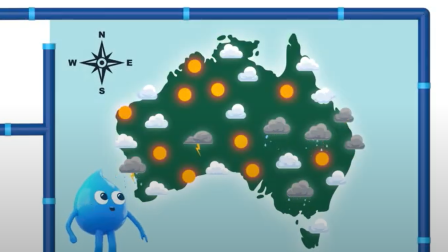
Help make litter extinct
As Melbourne grows, the amount of litter does too. Together, let’s make litter extinct!
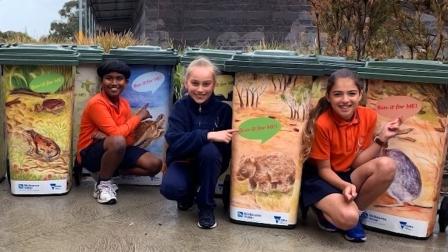
Waterbug monitoring
Waterbugs let us know how healthy our waterways are - and you can too, by monitoring your local macroinvertebrates.
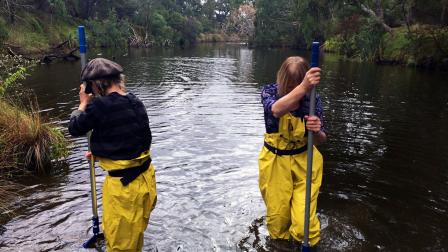
Water quality monitoring
Volunteer as a Waterwatch water quality monitor, and collect data to help your local river or creek.
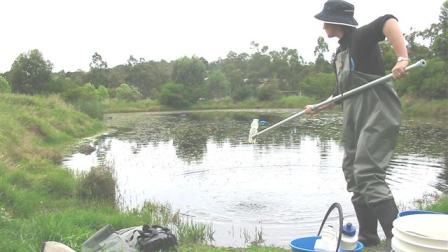
Platypus monitoring
Help us better understand this elusive animal by reporting platypus sightings.
